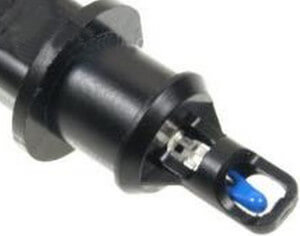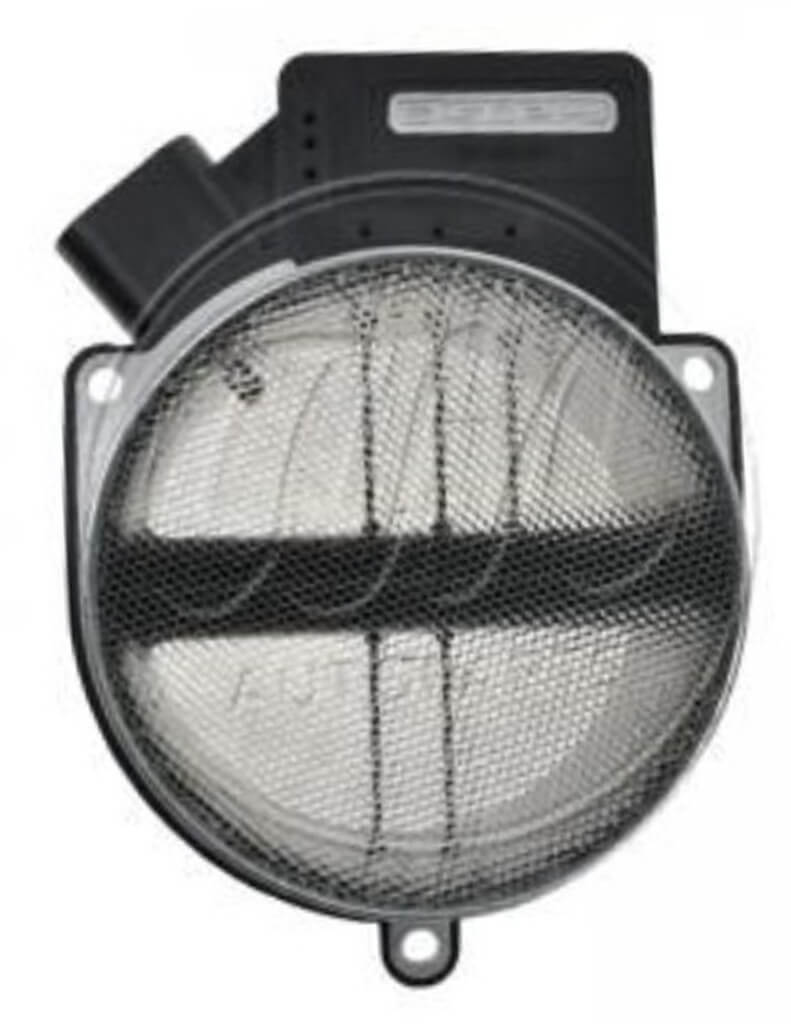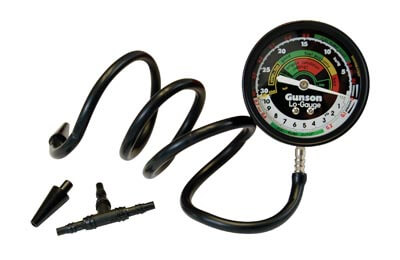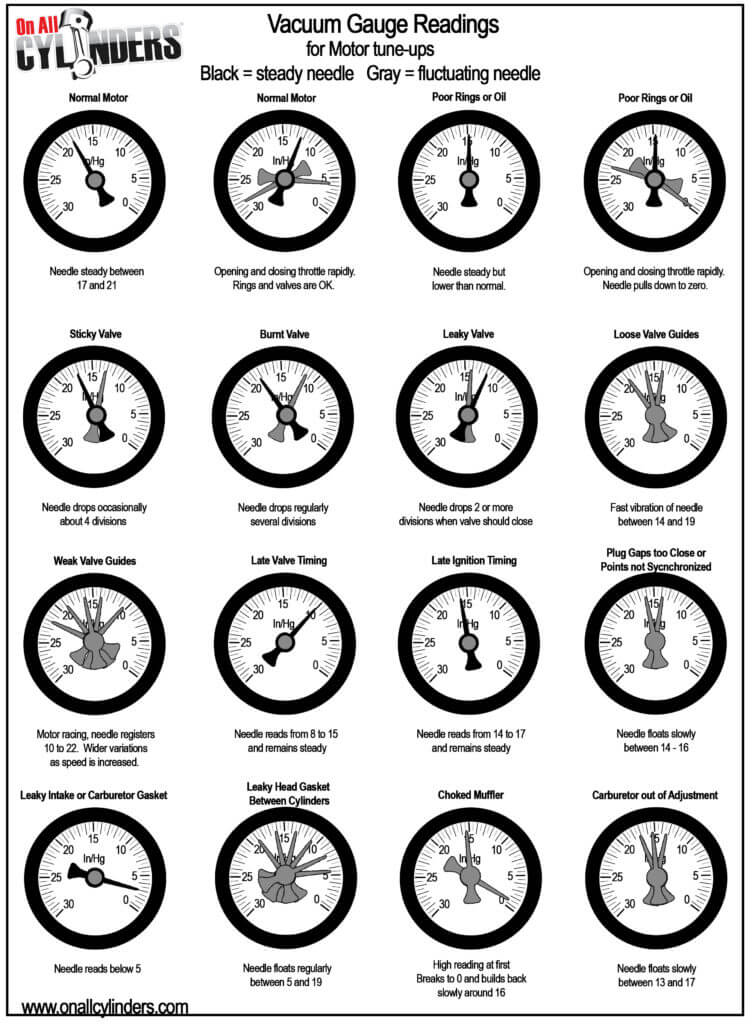P0171 System too Lean: Causes, Symptoms, and Solutions
Diagnose and fix a P0171 system too lean trouble code
What is a P0171 code or a code? The official definition is P0171 System too Lean (Bank 1). On a V-6 or V-8 engine it’s often accompanied by a P0174 System too Lean (Bank 2). Bank 1 of a “V” engine is the bank that houses cylinder #1. A P0171 code and a P0174 code are the most common trouble codes for all car brands. They rate in the “Top Ten” of the most frequent trouble codes that cause a vehicle to fail emissions testing.
When the air/fuel mixture is properly calculated and burned in the cylinder, there’s no extra fuel or oxygen left in the exhaust. Excessive oxygen in the exhaust indicates that the air/fuel mixture was off the mark.
Symptoms of a P0171 code
• Check Engine Light
• Low engine power
• Poor idle
• Stalling
• Engine misfire
• Spark/Engine Knock
• Possible hard start or no start
What causes a P0171 code or code?
A P0171 or P0174 means there’s either too much unmetered air getting into the cylinder or too little fuel
• Vacuum leak
• Exhaust leak
• Weak fuel pump
• Broken fuel pressure regulator
• Blocked fuel filter
• Faulty powertrain control module
• Defective injectors
• Clogged catalytic converter
• Problems with the mass airflow sensor
Too much unmetered air can cause a P0171 or
The MAF sensor reports how much air is entering the system and the ECU uses that information to calculate how much fuel to add. If there’s a vacuum leak, he air/fuel mixture will be diluted by extra air.
Most likely causes of unmetered air
1) Air intake duct
Check for a disconnected, torn or leaking air duct from the air filter box to the throttle body. Check the plastic or rubber air duct tube for tears, cracks or loose fitting connections.
2) Vacuum line leak
Check for a vacuum leak (cracked or disconnected vacuum lines, leaking intake manifold gaskets
3) Leaking intake manifold gasket
Connect your scan tool to the vehicle and set it to live data for short and long term fuel trims. Using a flammable carb cleaner, spray short bursts of cleaner along the edge of the upper and lower intake manifold gaskets. If you see corresponding changes in short term fuel trims and the spray is sucked into the engine, you’ve found the source of the leak. Replace the leaking gaskets.
4) MAF Sensor Issue
Check for a dDirty, clogged or faulty MAF sensor. Try cleaning the MAF sensor with MAF sensor cleaner (Do NOT use brake cleaner)
Not enough fuel can cause a P0171 or trouble code
The computer commanded the correct amount of fuel but the fuel system didn’t deliver enough. This can be caused by low fuel pressure, low fuel volume, clogged fuel filter, clogged fuel injector(s).
Most likely causes of not enough fuel
1) Low fuel pressure
Install a fuel pressure gauge and check fuel pressure when idling and driving
2) Low fuel volume
Conduct a fuel delivery volume test to make sure the pump is delivering at least the minimum amount of fuel listed in the specifications
If the fuel pressure or fuel volume tests show a problem, check for a bad fuel pressure regulator, clogged fuel filter or a bad fuel pump driver
3) Clogged fuel injectors
4) Clogged catalytic converter
An exhaust leak can generate a false P0171 or
An exhaust leak upstream from the O2 sensor can introduce unmetered air into the exhaust and trick the system into thinking the air/fuel mixture is too lean. Here’s a step-by-step article on how to test for an exhaust leak.
If the exhaust system checks out, check fuel pressure
Other items to check to fix a a P0171 or
In order to calculate how much fuel to add, the computer looks at inputs from many different sensors:
Engine coolant temperature sensor (ECT)
Engine temperature is a critical factor in determining how much fuel to add to the incoming air. A colder engine tends to quench the fire, so the computer adds more fuel to compensate for the colder temperature.
Engine coolant temperature sensor
• Ambient air temperature sensor or intake air temperature (IAT)

Intake Air Temperature Sensor
Cold and hot air have different densities and thus different amount of oxygen.
Manifold Absolute Pressure sensor (MAP)
he MAP sensor compares barometric pressure to the amount of vacuum created in the intake manifold. MAP sensors are used in speed/density system. When you turn the
key to start, the computer takes a reading from the MAP before the engine actually starts cranking and creating intake manifold vacuum. The computer uses pre-crank barometric pressure, along with readings from the ECT and IAT to calculate the estimated MASS or density of the incoming air. As soon as the engine fires up, it uses the intake manifold vacuum to determine two things; the efficiency of the engine and the difference in pressure between barometric pressure and manifold vacuum.
Mass Airflow Sensor (MAF)
The MAF sensor usesa hot wire or hot plate area to determine the density of incoming air. The air rushing across the MAF cools the wire. The sensor monitors how much current it takes to keep the wire or plate at a predetermined temperature. The computer then calculates the density of the incoming air.

Mass Airflow Sensor
How to check fuel pressure
Rent a fuel pressure gauge from an auto parts store and connect to the fuel rail. With the engine off, turn the key to the RUN position. The fuel pump should prime and the pressure should rise to the spec in the shop manual. If it does, then start the engine and check to see if the fuel pump maintains the correct pressure.
If the pressure is lower than the spec, the fuel pump is not delivering the amount of fuel commanded by the ECM and that can set a P0171 or P0174 trouble code. Determine if the cause is the fuel pressure regulator or the fuel pump. Refer to the shop manual for regulator testing.
Clogged fuel injectors
Clogged fuel injectors can also prevent the engine from getting the right amount of fuel. However, it’s uncommon for all injectors to be clogged by the same amount. One or two clogged fuel injectors would most likely cause specific cylinder misfire codes not a P0171 or P0174 code.
Testing for clogged injectors can be quite involved, requiring special equipment to test fuel pressure drop as each injector is fired manually. In severe cases, the injectors are removed and inserted into a spray bench to test spray patterns. This testing process is beyond the scope of most DIYers and presents real safety issues if not done with the proper equipment.
If everything passes, check for carboned valves
Carbon buildup on the valves can cause them t
o leak and set a P0171 or P0174 code. To test the valves, use a manifold vacuum gauge.
©, 2018 Rick Muscoplat
Posted on by Rick Muscoplat

